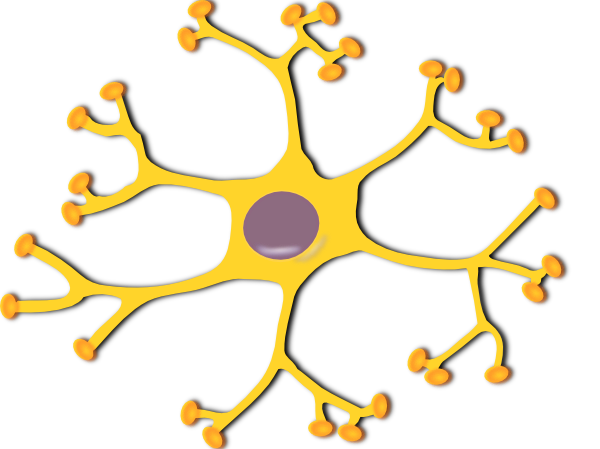What is the best way to discover and filter information online? Open, real-time messaging services like Twitter, Identi.ca, FriendFeed and (sooner or later) Google Reader offer two solutions: friends and track. A 'friend' here is anyone whose activities and recommendations you find sufficiently interesting to follow indiscriminantly, be they IRL friends, a Mars rover or unnamed members of a common-interest group on FriendFeed. A 'track' is a word the use of which you find sufficiently interesting to follow indiscriminantly: I use TwitterSpy and IdenticaSpy to have gTalk alert me whenever words like dopamine, serotonin and chrisharris are used in a conversation anywhere on Twitter (some delay) or Identi.ca (instantly). FriendFeed, we are told, will soon enable track on its network, and all three networks are growing fast.
 As the aim of my own work in electrophysiology is to understand and model how neural networks achieve intelligent attention-allocation, the question inevitably arises: how do these two forms of attention-allocation relate? Do neurons have friends? Do they track? Nervous systems use dopamine, a scalar signal that increases signal-to-noise and promotes memory formation, to self-organize and allocate attention. Could a similar signal be implimented in open, real-time messaging networks?
As the aim of my own work in electrophysiology is to understand and model how neural networks achieve intelligent attention-allocation, the question inevitably arises: how do these two forms of attention-allocation relate? Do neurons have friends? Do they track? Nervous systems use dopamine, a scalar signal that increases signal-to-noise and promotes memory formation, to self-organize and allocate attention. Could a similar signal be implimented in open, real-time messaging networks?

No comments:
Post a Comment